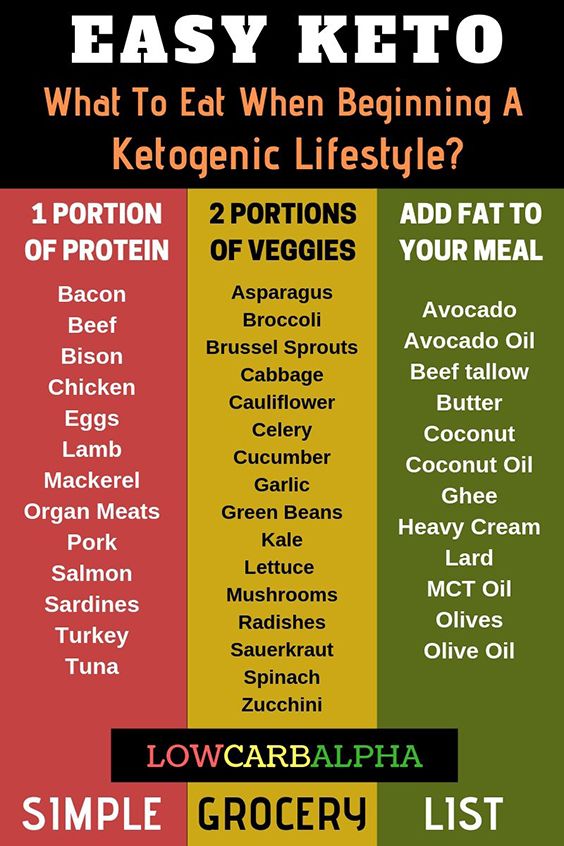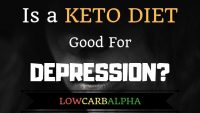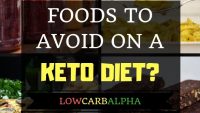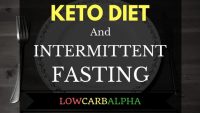This post may be sponsored or contain affiliate links. All opinions remain our own.(Full disclosure)
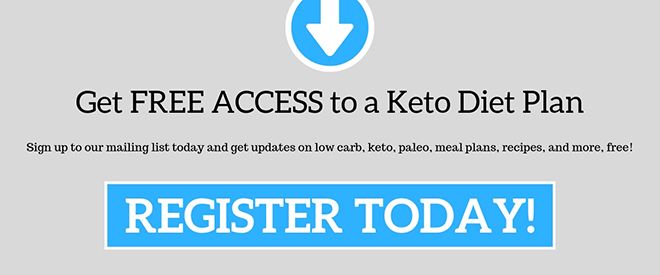
At some point in life, overweight people are bullied about their size, while those who are skinny wish to maintain their bodies and stay healthy.
However, how can someone do this when almost all food in the market and restaurants are giving us too much cholesterol and fats?
A growing number of people are now looking for ways to keep their body healthy, strong, and in good shape.
Exercise, diets, and daily routines are constantly created to help anyone who is looking for an answer.
For some people, following a keto meal plan is a new way of living. A formula that will support you to strangely lose weight.
For others, it can bring fatigue, complication, and always saying to yourself, “what can I eat?”
If you’re anywhere between these people, you must understand what ketosis does to your body as fat-fueled metabolism.
It is important to know the basics of the low carb diet first in order to reach your body weight or lean muscle mass goals in an efficient manner.
Following a high-fat diet could be the answer. We will give an insight into a ketogenic diet lifestyle.
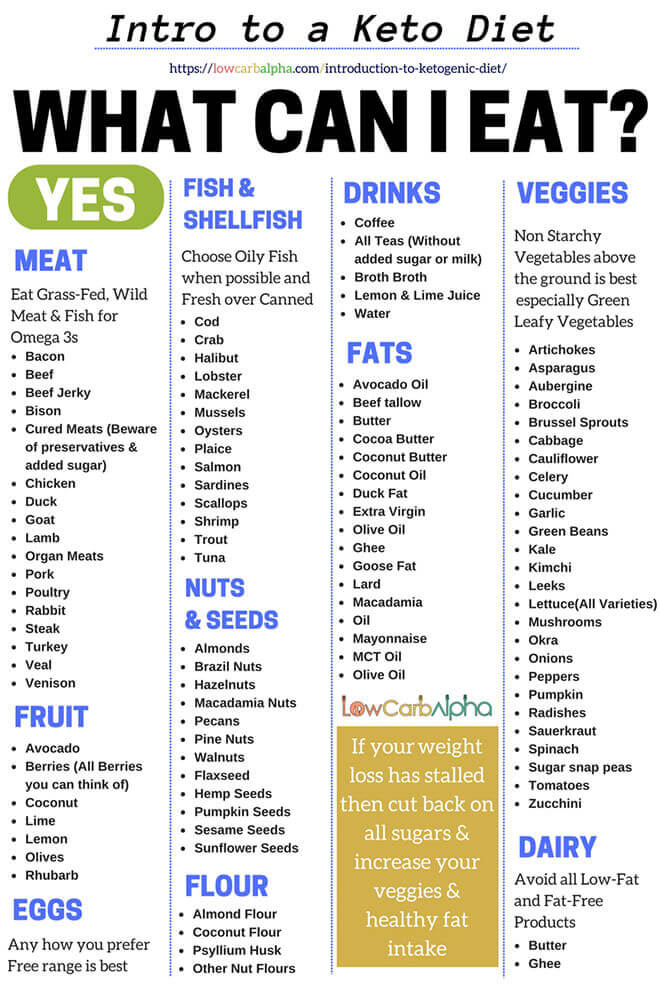
Keto and Gluconeogenesis
Besides increasing activity levels, one of the best ways to get lean is through starting a ketogenic diet plan to assist with weight loss.(2)(3)
Its goal is to improve the well-being of a person by changing one’s metabolic rate.
Naturally, our body needs a primary source of energy. For most people on the western side, carbohydrates or glucose fuels our body for energy.
Glucose is required to keep some of the organs working properly, especially the brain.
The good news is that we don’t really need glucose in our everyday diet.
Our body is an adaptable machine that can produce energy from sources other than glucose. Up to 70% of our brain can be fueled by ketones with the remaining glucose required created within the liver.(4)
The remainder carbs develop from the method called gluconeogenesis. When on a super low carb diet, the liver produces glucose for the brain as necessary using amino acids.
During an extended time of not eating carbohydrates, your body switches to an alternative fuel source powered by ketones. This is a process known as ketosis.
With gluconeogenesis, which implies “to make new glucose,” the parts of the brain that need glucose get a constant supply.

Running on Ketone Bodies
At present, a ketogenic diet plan is used to treat various medical conditions such as childhood epilepsy.(5)(6)
Studies also show it’s helpful for preventing Alzheimer’s, autism, cancer, diabetes, and a lot more.(7)(8)(9)
Ketosis is a metabolic state where our body would rely on fat to give us energy.
In the absence of glucose, the body would break down protein to fuel your body, organs, and the brain.
If you’re wondering where your body will get the glucose it needs, then the answer is ketone bodies.
Ketones are the fat metabolism products when the cellular fuel source shifts from glucose to fat fuels through the process known as ketogenesis.
According to research, ketone bodies provide several benefits to the human body.(10)
It can fuel our brains, which will be enough and all other major organs in our body as well.
Once you switch your daily diet to eating very low protein and carbohydrate, your body will switch its metabolism to using ketones as its fuel.
When an individual improves the rate of ketogenesis, when there are ketone bodies in the blood, a person’s health improves at the cellular level.
There are a few ways how to check if you’re in ketosis such as using a blood ketone monitor or urine strips. Testing blood ketones will always produce a more accurate result than urine strips.
Is a Ketogenic Diet Right for You?
When people hear of a keto diet, they tend to think of carb restriction, LCHF, or low carb.
People of any age, weight, sex, sedentary, or highly active can have great success with an LCHF diet.
Transitioning to keto accelerates the fat loss process. It supports people severely overweight who struggle to exercise to lose weight naturally and quickly.
It can regulate hunger pangs, control cravings and urges for sugar-filled carbohydrates.
Severely restricting carbohydrates may not appeal to someone who works out regularly at a high intensity. With HIIT or weight training several times a week some people just can’t perform to a high standard.
Once you achieve some weight loss and can exercise without discomfort, you could then switch to a different type of ketogenic diet that is more flexible.
If low energy workouts affect you, you can easily counter this by carb cycling. Alternatively, you can adjust to a targeted keto diet and consume carbs before workouts. Starting a ketogenic diet plan is a useful tool for weight loss.

Starting a Ketogenic Plan for Losing Weight
Almost everybody is concerned about health and what foods they eat. That’s where a high-fat diet plan comes in.
There are several ways to implement a low carbohydrate ketogenic plan.
The diet is low in carbs, moderate in protein, and high in fat. At all times, you would eat the minimum amount of carbs. It is also the same as the Atkins diet induction phase.
The Atkins diet is one of the most popular examples of a ketogenic plan.
A lot of people have the misconception that a ketogenic diet must have high protein content. However, this is not always the case.
A ketogenic diet plan requires an individual to record a number of carbs consumed. You must reduce net carbohydrate intake to around 20 to 50 grams daily to reach ketosis.
Carbohydrates are restricted mainly to fibrous green vegetables with no starchy vegetables, junk, and processed food.
You can eat low sugar fruits such as avocado, coconut, and olives, along with limited berries.
Eat fatty cuts of meat over lean varieties to keep grams of protein to a minimum. Also, be sure to cook with butter, oils, and ghee to increase fat intake. Eating healthy oils such as MCTs or coconut oil is also good to aid ketone production.
For a comprehensive guide for what to eat, see our healthy keto food list.
For some individuals, if you participate in high-intensity exercise, then less than a hundred grams each day may work as you could then follow a targeted ketogenic diet.
However, that level of carbs consumed might be too high for most people to achieve ketosis.
Refer to our quick reference to low carb foods you can eat for a quick decision when out shopping.
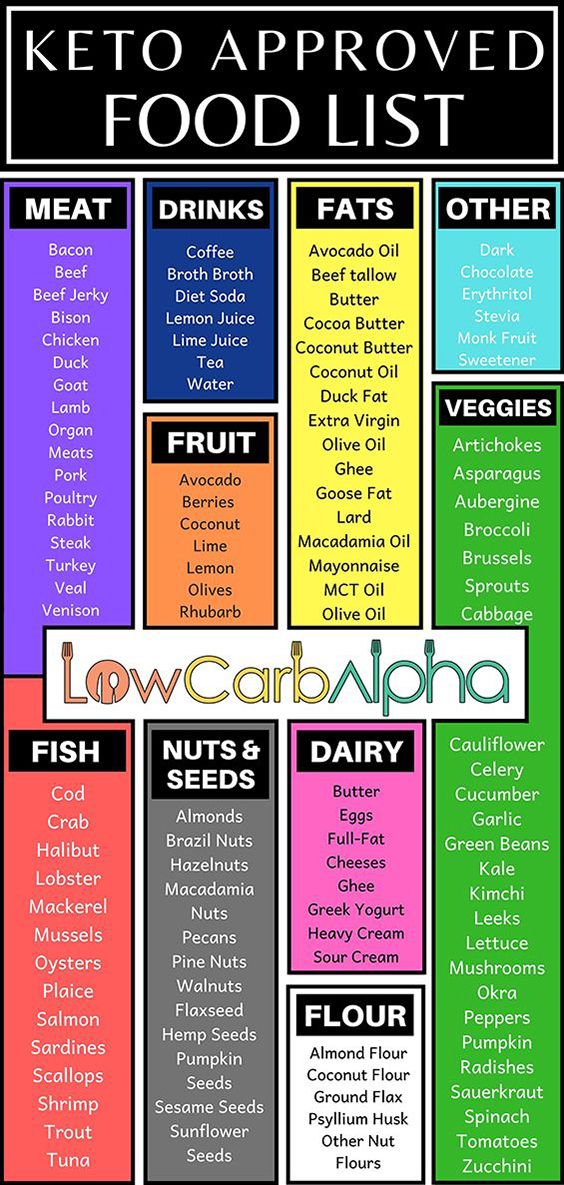
How to Get Into Ketosis
The amount of protein, including in the diet, depends on one’s ideal lean body mass or body weight.
It also depends on gender, amount of exercise, and height. Too much protein in the diet might disrupt ketosis.
The remaining calories after calculating the carbohydrate and protein requirements will be from fats.
It is an ideal ketogenic plan that will help individuals reach ketosis and maintain it that way.
A standard ketogenic diet typically requires around 20-50 grams of net carbs a day depending on individual needs. For the majority of people, it is the best and most simple approach.
The ideal ketogenic plan consists of 5 to 10 percent calories from carbohydrate, 20 to 25 percent protein, and 70 to 75 percent from fat.
You don’t need to count calories while on a ketogenic diet. It is, however, vital to understanding how nutrient percentages can affect your calorie consumption.
The key to having a successful ketogenic diet plan is to switch foods with high carbohydrate content with those with higher fat content.
One should also consume protein in moderation since excess protein intake converts into glucose.

Nutritional Ketosis and Blood Glucose
The main overall object and plan are to establish ketosis so the body can use fat for fuel, thus increasing weight loss.
Fats have little to no effect on the insulin and blood sugar levels and can help decrease blood sugar and insulin levels.(11)(12)(13)
On the other hand, protein does have an effect on both.
An excessive amount of protein than recommended can increase blood sugar levels. Protein disrupts the production of ketone bodies and takes you out of the state of ketosis.

Health Benefits beyond Weight Loss
If you’re wondering whether to start a high-fat diet, then it’s important to look beyond the benefits of losing weight.
Being in ketosis has numerous health advantages and effects on well-being. As noted above, studies and data prove keto dieting can have substantial benefits for the mind.
It’s no longer just crucial to treating epilepsy in young children.
There is ongoing research discovering ketones are a significant health benefit for brain health.
From supporting healthy blood sugar levels to fat loss and exceptionally clear thinking, reducing sugar intake and going low carb is a step to a healthier lifestyle.
These are the things that people need to know before starting a ketogenic plan. To get started on your weight loss journey, check out custom keto meal plans, customized and tailored to your needs and preferences.
